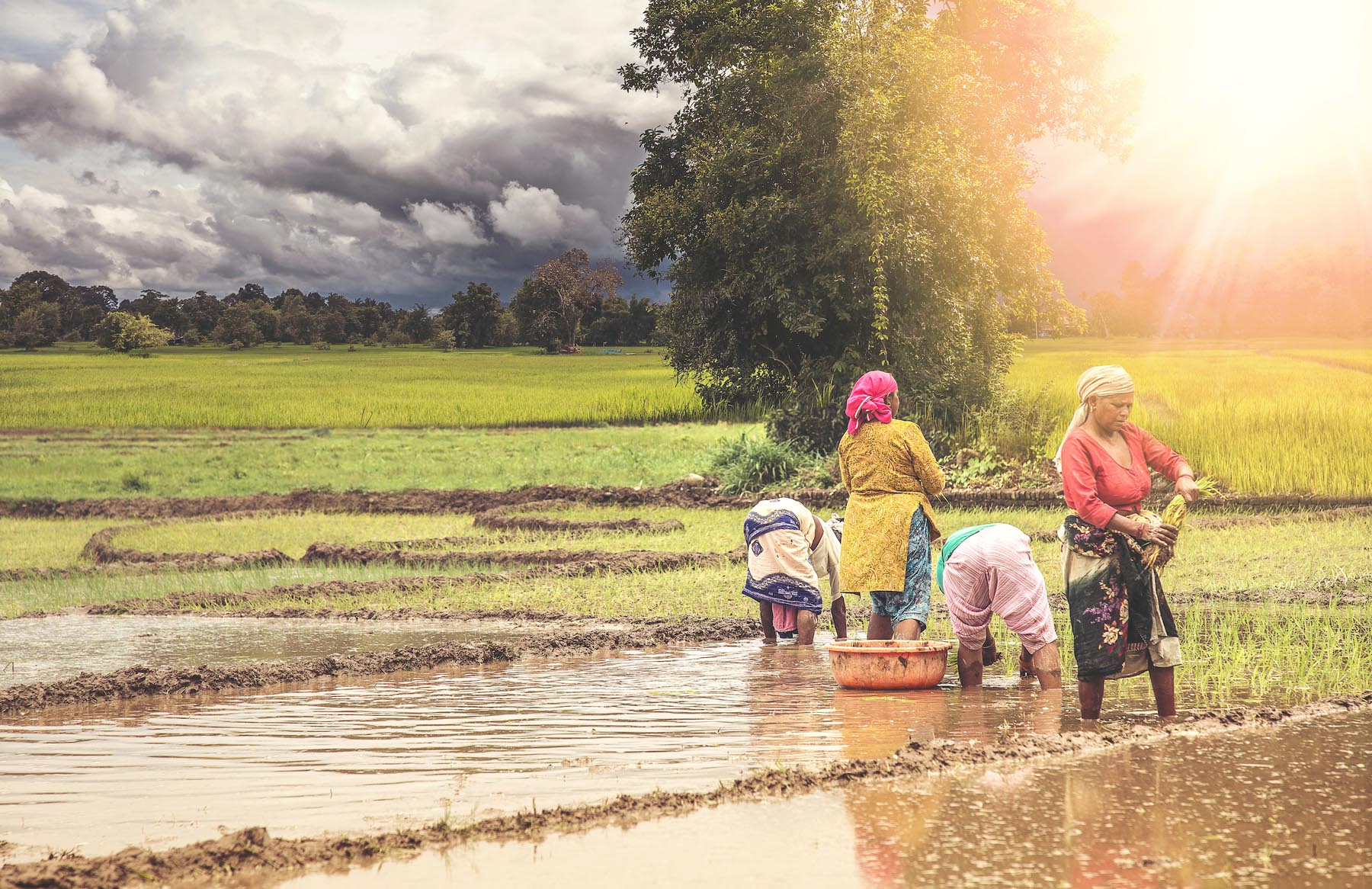HarvestPlus is coordinated by IFPRI and theInternational Center for Tropical Agriculture.
Iron deficiency affects nearly one quarter of the world’s population, exacting the heaviest overall toll in terms of ill-health, premature death and lost earning, and constituting “a public health condition of epidemic proportions,” according to the World Health Organization. If the situation seems irredeemably grim, the results of a recent study on iron pearl millet provide grounds for optimism. The Journal of Nutrition study found that pearl millet bred or biofortified to contain more iron was able to fully meet daily iron needs of Indian children.
“In the areas where pearl millet is the main food staple, this study offers a serious, potentially important, strategy to battle malnutrition,” says Michael Hambidge, Pediatrics Professor Emeritus at the University of Colorado in Denver, who led the research team.
Indeed, the major pearl millet-growing Indian states such as Maharashtra, Gujarat, and Rajasthan are also among the worst affected by malnutrition and hidden hunger, including iron deficiency.
According to the findings of the study, children under the age of three could meet their full daily iron needs from just 100 grams of the iron-rich pearl millet flour. Children under two years old, who might eat less, would still benefit substantially from eating iron-rich pearl millet.
Iron-rich pearl millet is being conventionally bred by ICRISAT as part of the HarvestPlusprogram, which seeks to develop and disseminate staple food crops rich in micronutrients to improve nutrition and public health. One recently released variety, ICTP8203Fe, commonly known as Dhanshakti (meaning prosperity and strength), is now being cultivated by more than 30,000 farmers in Maharashtra. It is the first biofortified crop cultivar to be officially released and adopted by farmers in India. Dhanshakti is an improved version of a pearl millet variety developed from a species found in northern Togo in West Africa. In Benin,another study found that marginally iron-deficient women absorbed twice the amount of iron from biofortified pearl millet than they did from ordinary pearl millet.
“These findings, from two different parts of the world, have established that iron-rich pearl millet can be an excellent source of iron and even zinc, much more so than wheat and rice,” asserts Erick Boy, head of nutrition at HarvestPlus. In the years ahead, HarvestPlus expects that pearl millet containing even greater levels of iron will be released.
Pearl millet is a staple crop for 90 million people in Africa and Asia, particularly for populations living in arid and semi-arid climates. It is a hardy warm season cereal crop, able to survive and thrive in the hostile environment of drylands, where one-third of the world’s population lives. An estimated 50 million Indians consume pearl millet regularly.
Besides its nutritional value, iron-rich pearl millet is also high-yielding and disease- and drought-tolerant, which makes it a virtually indispensable crop in any strategy to fight malnutrition and food insecurity in parts of India.
“In light of global warming’s effects on agriculture, pearl millet is likely to figure as a major staple in the government of India’s food security bill that is being discussed in both houses of Parliament,” observes Dr. Bhalchandra Kodkany, who was on the research team and is an expert on anemia and maternal mortality in India.
Researchers believe that hardy drought-tolerant crops like pearl millet will become increasingly critical to agriculture and building resilient livelihoods in the face of climate change. Now, flush with micronutrients such as iron, these crops may very well be the key to combatting hidden hunger in much of Africa and Asia.
Related materials







